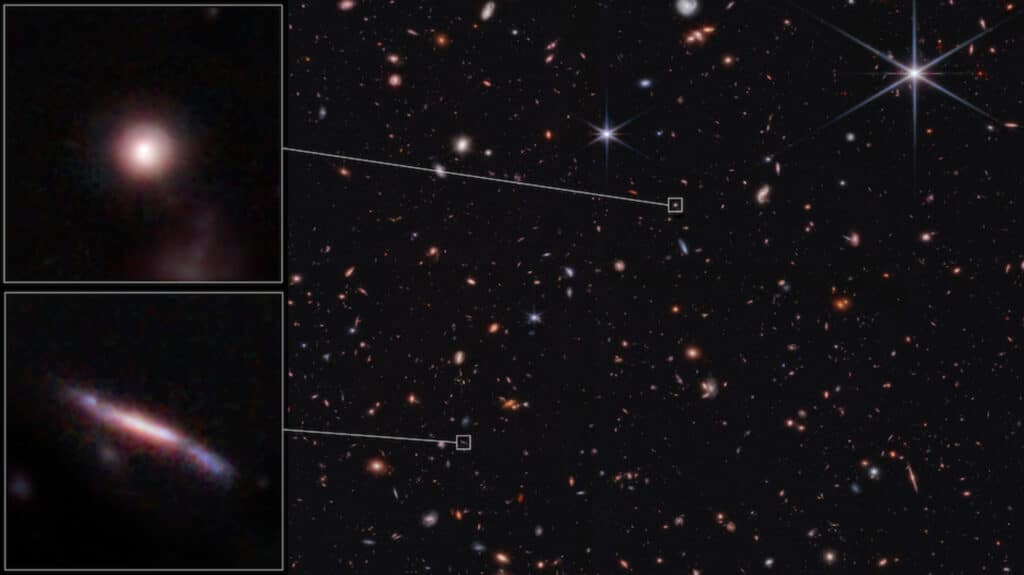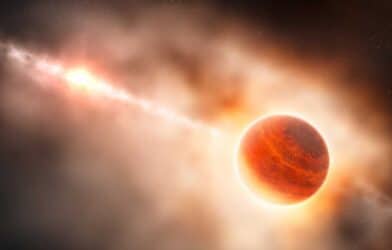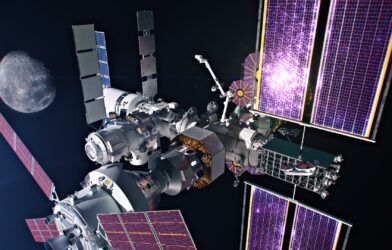A team of Columbia University researchers has made a surprising — and tasty — discovery about the shape of galaxies in the early universe. Using NASA’s James Webb Space Telescope, they found that many of these galaxies are flat and elongated, resembling “breadsticks,” rather than being round like “balls of pizza dough.”
“Roughly 50 to 80 percent of the galaxies we studied appear to be flattened in two dimensions,” says study lead author Viraj Pandya, a NASA Hubble Fellow at Columbia University, in a media release. “Galaxies that look like long, thin breadsticks seem to be very common in the early universe, which is surprising, since they are uncommon among galaxies in the present-day universe.”
The study focused on analyzing near-infrared images from the Cosmic Evolution Early Release Science (CEERS) Survey. This survey provided a glimpse into a period when the universe was only 600 million to 6 billion years old. Within this timeframe, the researchers noted a predominance of these elongated, “breadstick-like” galaxies.
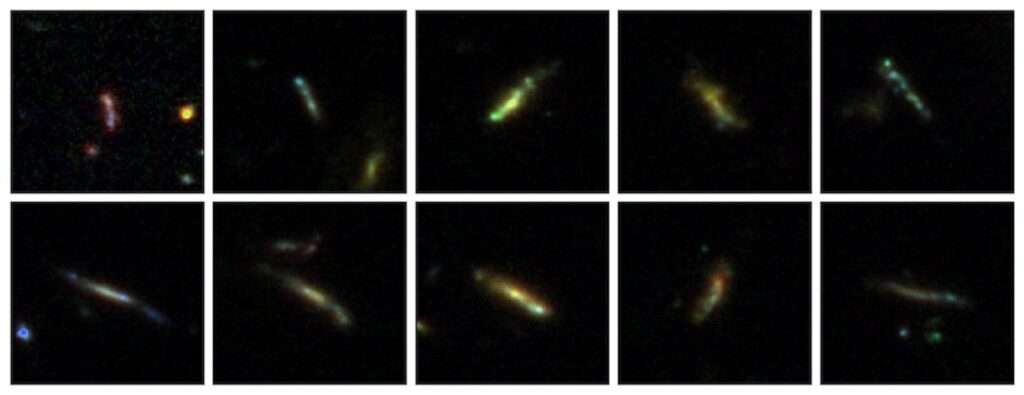
The team also observed other galaxy shapes, including “pizza pie” and spherical “balls of pizza dough” forms. The spherical galaxies were identified as the smallest and least common type. Study co-author Haowen Zhang, a PhD candidate at the University of Arizona, speculated that the Milky Way galaxy itself might have resembled a breadstick billions of years ago.
These early universe galaxies, captured in images by the Webb telescope, are significantly less massive than the spirals and ellipticals closer to us.
“Identifying additional categories for early galaxies is exciting — there’s a lot more to analyze now,” notes study co-author Kartheik Iyer, a NASA Hubble Fellow at Columbia. “We can now study how galaxies’ shapes relate to how they look and better project how they formed in much more detail.”
Researchers pondered why these early galaxies were predominantly flat and elongated. One theory, as explained by Pandya, is that the early universe was filled with filaments of dark matter that acted as a “cosmic highway,” guiding the formation of these uniquely shaped galaxies. Over time, as the universe expanded, these filaments became more diffuse, possibly influencing the evolution of galaxy shapes.
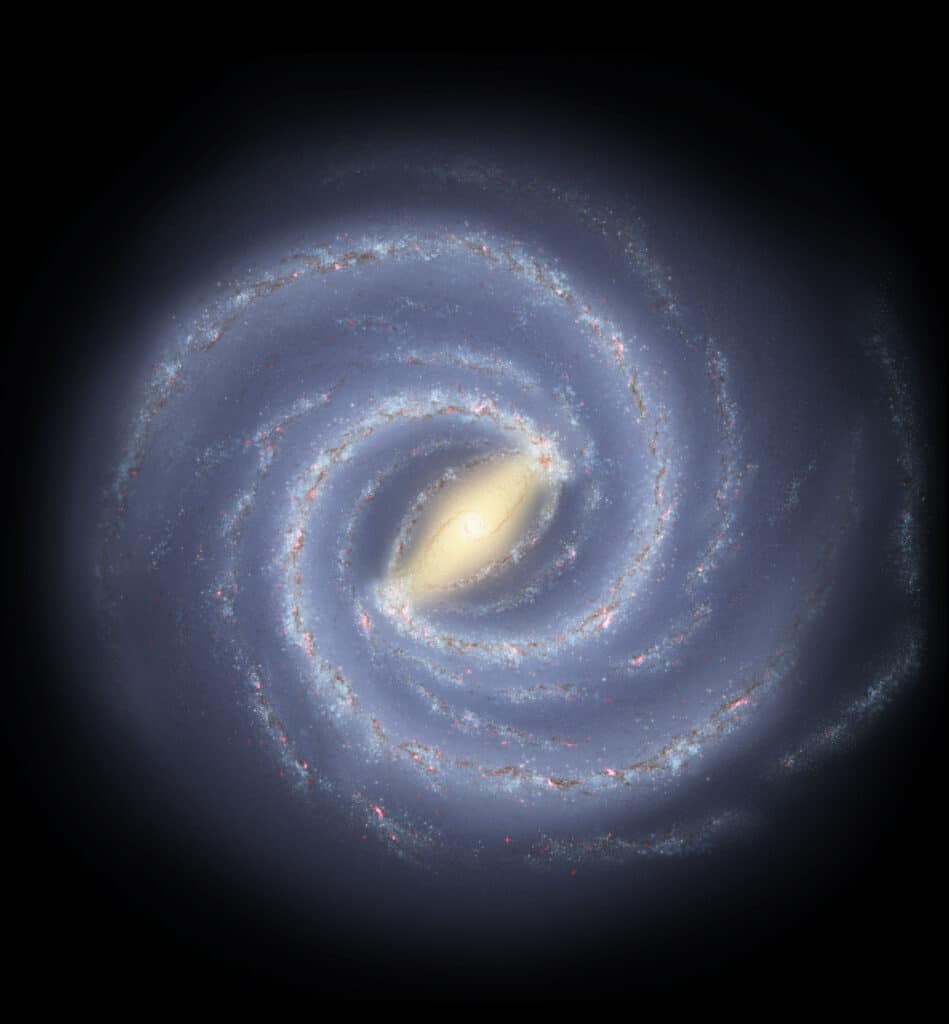
An interesting finding of their study was the banana-like appearance of the plotted aspect ratios and lengths of these galaxies, leading to their paper being aptly titled “Galaxies Going Bananas.” This food analogy reflects the elongated shape of the galaxies that dominated the early universe’s first 4 billion years.
However, there are still many unknowns in this area of study.
“These are early results,” says study co-author Elizabeth McGrath, an associate professor at Colby College in Waterville, Maine. “We need to delve more deeply into the data to figure out what’s going on, but we’re very excited about these early trends.”
Researchers are excited about the potential insights this study can provide into the early universe’s galactic structures and behaviors.
The study is published in the The Astrophysical Journal.
